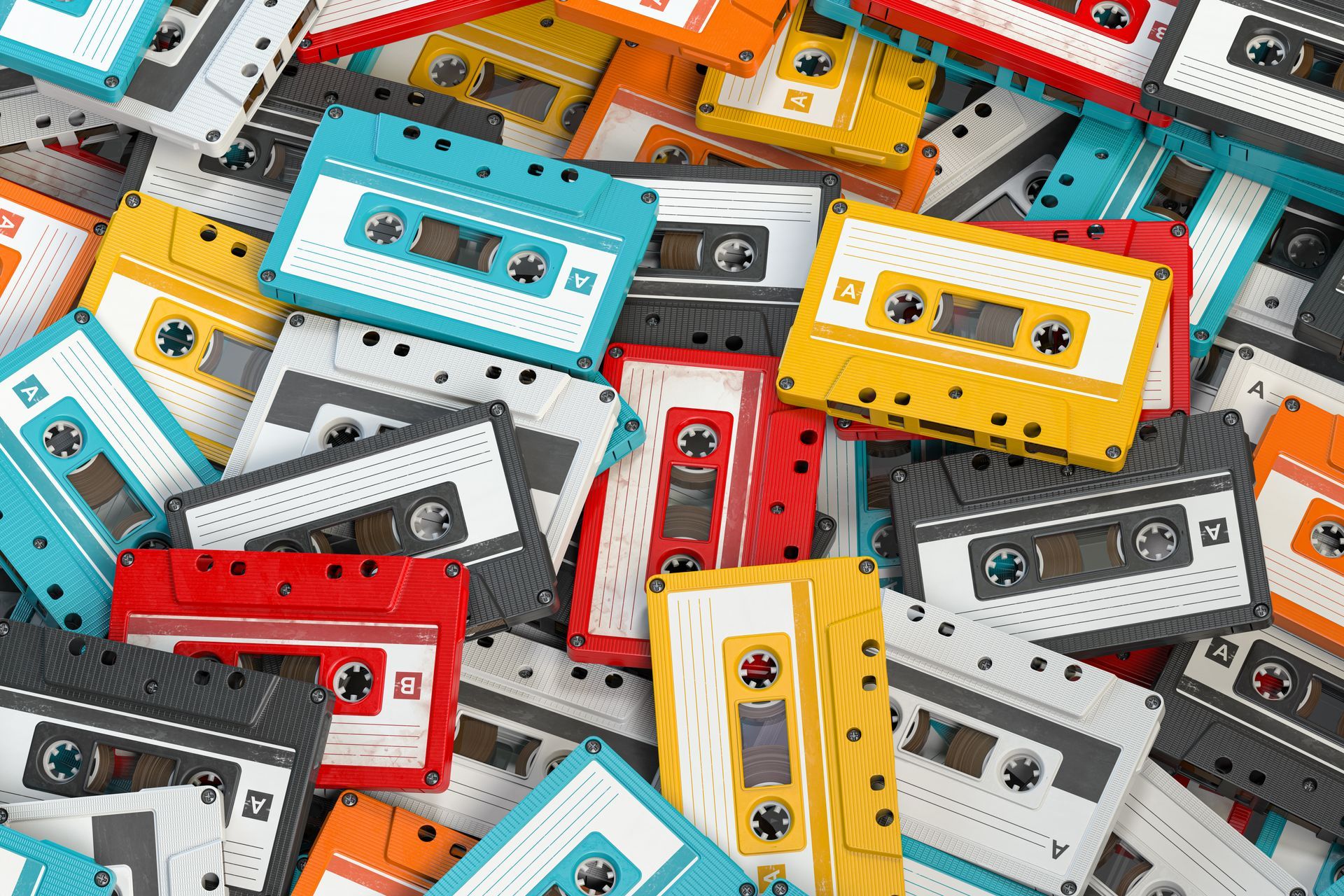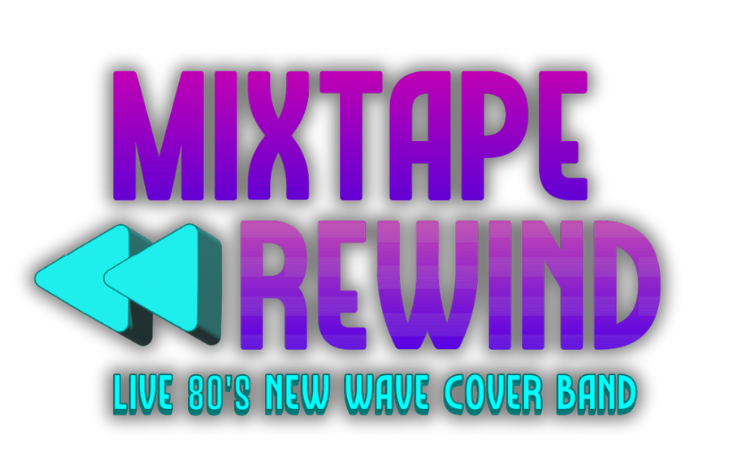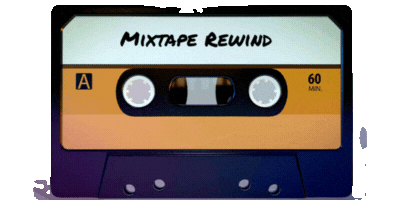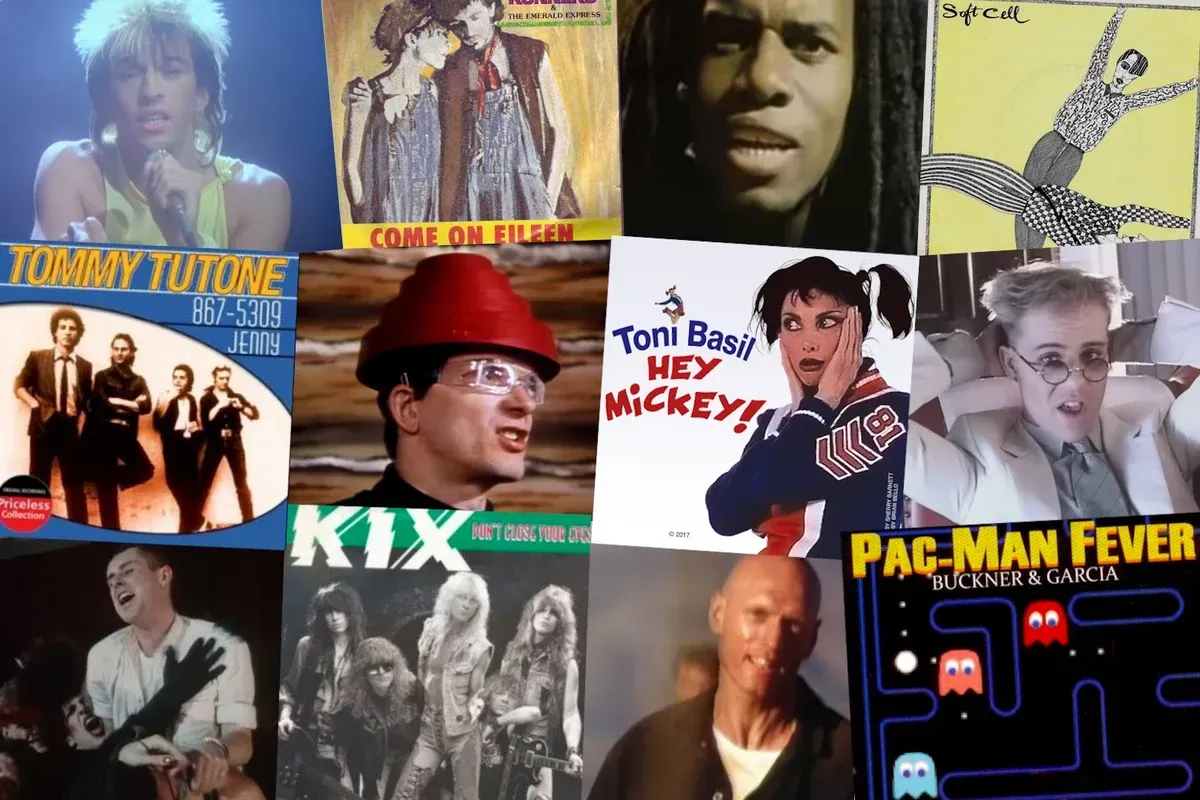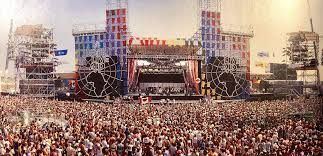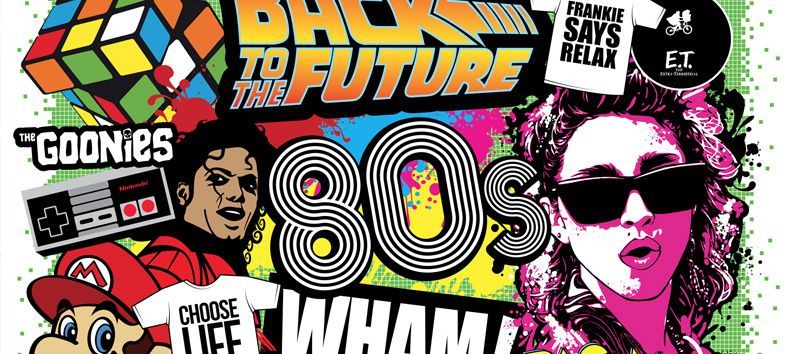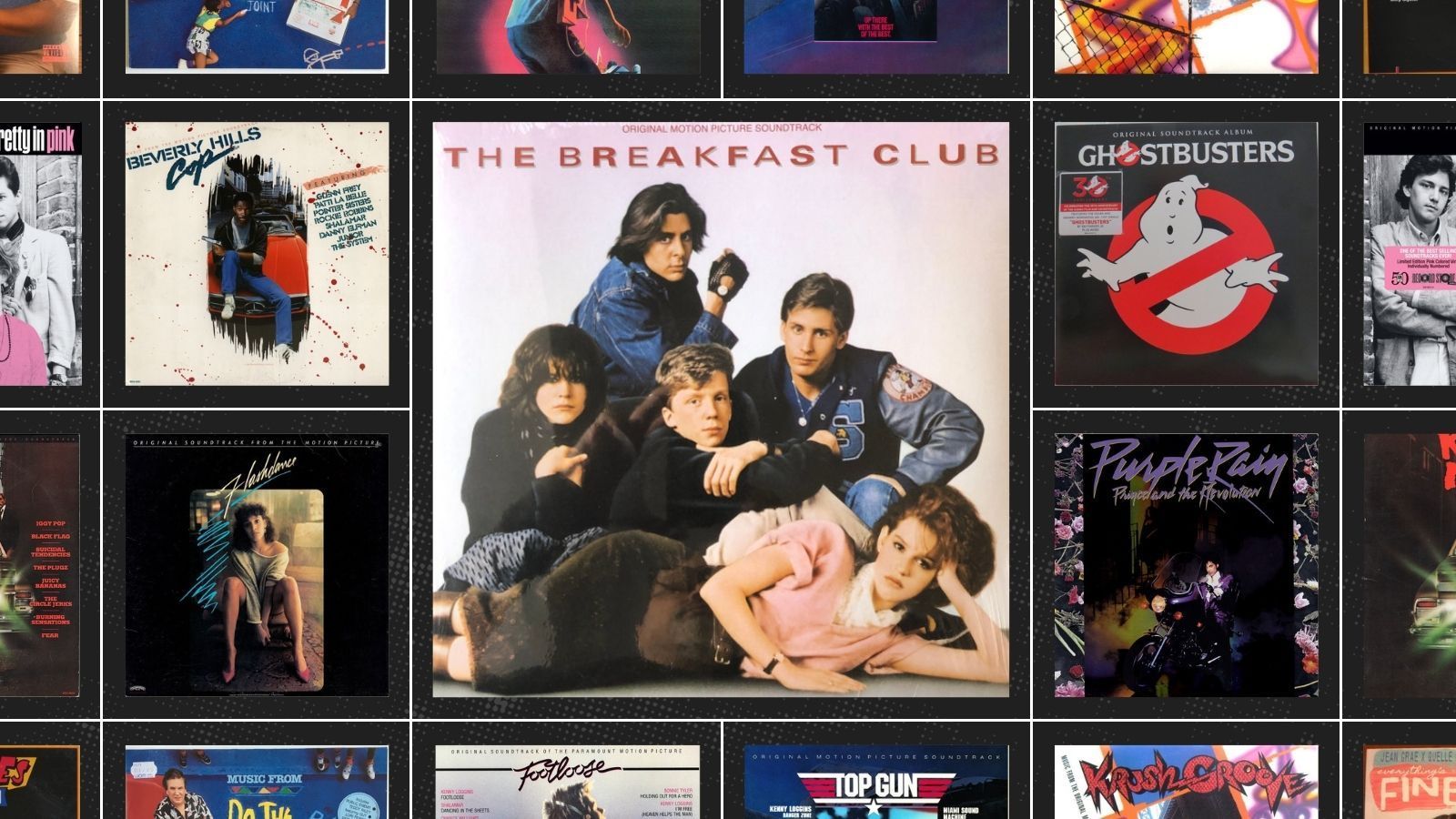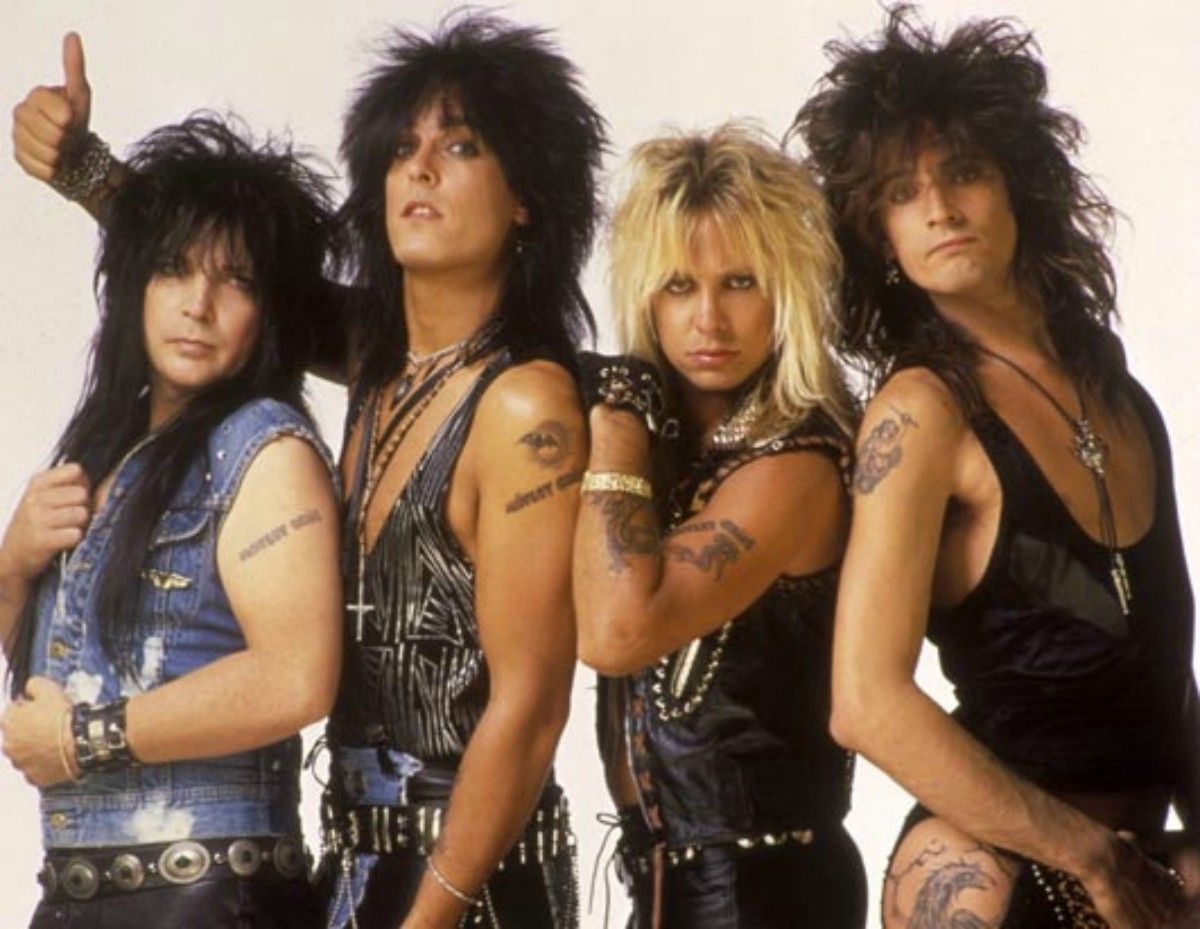New Wave Music: Defining an Era of Innovation and Style
New Wave Music: Defining an Era of Innovation and Style
New Wave music burst into the cultural mainstream in the late 1970s and dominated much of the 1980s, blending eclectic sounds and bold aesthetics to craft a genre that was both fresh and unforgettable. With its roots in punk rock, electronic music, and pop, New Wave transcended musical boundaries, offering something innovative yet approachable. Its influence extended beyond sound to shape fashion, music videos, and visual storytelling, leaving an indelible mark on the cultural landscape.
What Is New Wave Music?
At its core, New Wave is an amalgamation of diverse styles. It takes the vigor of punk rock and tempers it with the melodies of pop, the futuristic rhythms of electronic music, and the danceability of disco. This makes it simultaneously eclectic and accessible.
Key features of New Wave music include:
- Synthesizers and Drum Machines: A hallmark of the genre, these gave New Wave its memorable and often futuristic sound.
- Catchy Melodies: Despite its experimental qualities, New Wave consistently embraced hooks and choruses that stuck with listeners.
- Clean Production: The genre diverged from punk’s raw aesthetics with a more polished and radio-friendly production style.
- Playful Lyrics: Often quirky or introspective, the lyrics tackled themes ranging from love and alienation to identity and modernity.
More than just music, New Wave became a lifestyle. It appealed to a generation eager for creativity and reinvention, reshaping not only what people listened to but also how they looked, dressed, and expressed themselves.
The Rise of New Wave in the 1980s
The 1980s were a golden era for New Wave. Several factors catapulted the genre into the spotlight:
- The Arrival of MTV: The advent of MTV in 1981 gave New Wave an unparalleled stage for its visually compelling music videos. Known for their bold and experimental visuals, New Wave artists became synonymous with this groundbreaking platform.
- Crossover Appeal: New Wave occupied a unique space that bridged underground credibility with mainstream accessibility. Its broad appeal transcended subcultures, resonating with die-hard music fans and casual listeners alike.
- Youthful Energy: With its buoyant energy and a penchant for reinvention, the genre felt modern and exciting, reflecting the optimism and experimentation of the early 1980s.
The combination of these elements made New Wave the soundtrack of a vibrant, culturally fluid decade.
Key Artists That Defined New Wave
New Wave was as much about individuality as it was about blending influences. The artists and bands that rose to prominence each brought their unique spin to the genre. Here are some of the most iconic names:
Duran Duran
Known for their glamorous aesthetics and expertly produced tracks, Duran Duran epitomized the polished side of New Wave. Hits like “Rio” and “Hungry Like the Wolf” showcased a sophisticated blend of electronic beats and pop melodies. Their pioneering approach to music videos turned them into instant MTV legends, marrying glossy visuals with contagious sounds.
The Cure
For a darker and moodier take on New Wave, The Cure emerged as standout innovators. Their ability to balance introspective lyrics with uplifting melodies sets them apart. Tracks like “Just Like Heaven” and “Boys Don’t Cry” showcased their unique ability to oscillate between melancholy and joy, earning them a devoted fan base.
Talking Heads
Artsy, experimental, and endlessly inventive, Talking Heads expanded the boundaries of New Wave by incorporating elements of funk, world music, and avant-garde rock. Songs like “Psycho Killer” and “Once in a Lifetime” illustrated their unparalleled approach to both music and performance art.
The Broader Impact of New Wave
New Wave was more than a music genre—it became a cultural movement that shaped the identity of the 1980s. The effects were felt across several domains:
Fashion
New Wave’s influence on clothing was unmistakable. Bold neon colours, asymmetrical cuts, and edgy fabrics like leather and latex were staples of the genre’s look. Artists became style icons whose daring choices inspired a generation of fans and designers alike.
Music Videos
The visuals of New Wave were as innovative as the sounds. Music videos became more than promotional tools; they were an art form. Groups like Duran Duran and A-Ha elevated the medium, transforming it from simple performance footage into theatrical, narrative-driven works.
The Soundtrack of Innovation
New Wave’s sound laid the groundwork for subsequent genres like synth-pop, electronic dance music, and indie pop. Its emphasis on electronic instruments and boundary-pushing production influenced how music has evolved in the decades since.
Legacy and Enduring Appeal
Though its peak was in the 1980s, New Wave maintains a firm grip.
